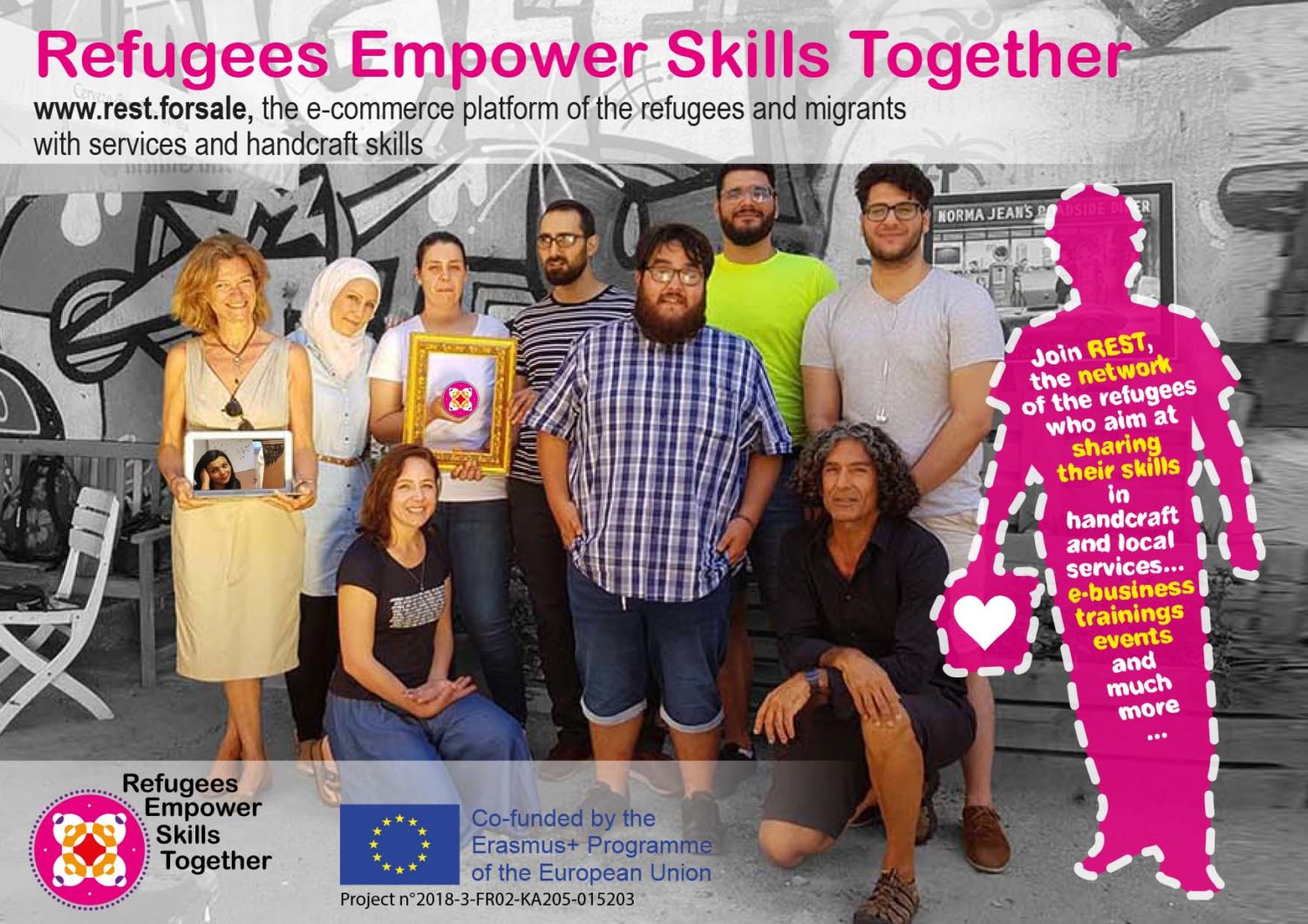The practice of digital inclusion has to combine both technical and cognitive approaches. EL4EI demonstrates that teaching technical skills involving the use of a computer or Internet turn out to be useless if unaccompanied by motivation and contextualisation. Of course it goes without saying that these practices are all unviable without a necessary minimum of infrastructure, i.e. access to a computer and the internet. The battle against the digital divide must be waged on both fronts. According to the current research the five most promising strategies in terms of establishing best practice in the use of e-learning for social and digital inclusion are: – combining teaching ICT with other non-digital knowledge equally important to social inclusion – communication to the target groups – establishing peer to peer teaching systems – creating informal environments – using teachers similar to the students themselves, especially in cases of e-learning focused towards women

Refugees Empower Skills Together